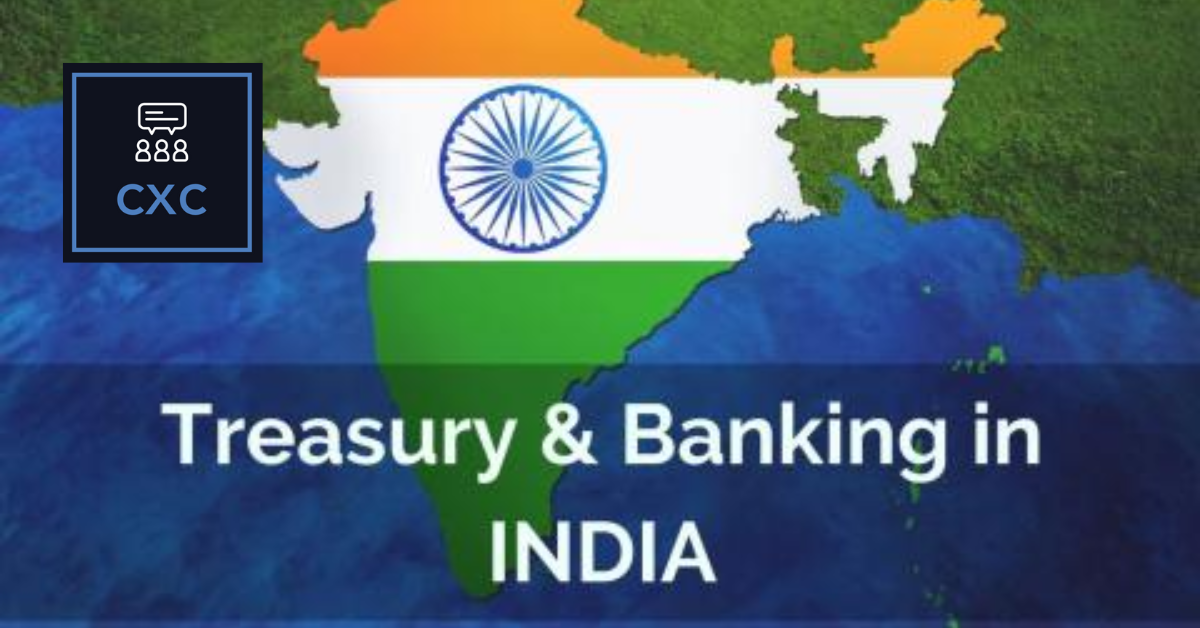Treasury & Banking in India
20-06-2022 | treasuryXL | ComplexCountries | LinkedIn |
This call took place against the background of the war in Ukraine – but it was a useful chance to catch up on the ever-improving situation in India.
India has always been complex, with many regulations and poor clarity. This is clear from the comments below, where participants often have different experiences on the same topic. But, overall, the economy is working well, people are making profits (this was not always the case), and regulations are becoming more user-friendly, even if they remain challenging.

Business structure: most participants have one legal entity which faces customers, and a different one which acts as an international shared service centre, invoicing other companies in the group on a cost plus basis. This can lead to inefficiencies in cash management: everyone struggles with domestic cash pooling and intercompany loans, while the shared service centre has guaranteed profits and cash generation. One participant has all activities in the same legal entity, which makes life easier.
Intercompany loans within India create transfer pricing and tax challenges: there is a required or recommended interest rate of 8%, compared to deposit rates of 4% to 4.5%.
Cross border cash pooling and intercompany loans are generally very difficult: many approvals are required. Dividends are subjected to withholding tax of 15%, which is sufficient to deter some, but not all, participants from paying dividends. However, this is an improvement on the previous 22% dividend tax, which was often not creditable against tax in the receiving country.
Netting of intercompany invoices is not allowed. However, one participant is using an Indian entity to centralise all invoices within the country using a POBO/ROBO process, and limiting the transactions to a single, large, gross in/gross out settlement. They are also looking at a non resident INR account.
Participants mostly use deposits for investing their excess cash. One is using the TIDE deposit: the bank automatically sweeps fixed amounts of cash above a defined threshold into deposits. These receive a higher rate if they remain for more than two weeks, but can be released if needed, with a lower interest rate being paid.
Most participants use international banks, mainly Citi and BNPP. Most complained that Citi are reluctant to use automated FX platforms, and are behind on the electronic transmission of import documentation – but one participant had a more positive experience. JPMorgan again received positive comments for their approach.
The participants who use local banks generally had positive comments about them, and found they were a big help with pricing, especially on loans and letters of credit.
Tax remains complex and challenging.
Bottom line: the – excellent – report below reflects the significant complexity of doing business and managing treasury in India. But it is an important market, and one which is improving. So it is definitely worth the effort!
To access this report:
Access to the full report is available to Premium Subscribers.
Please contact us to find out about our subscription packages.










